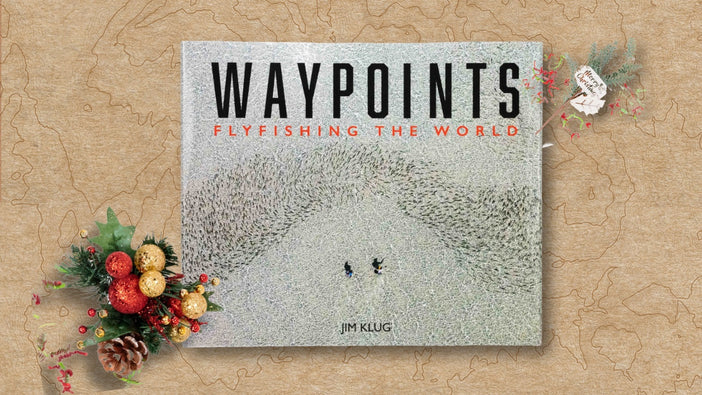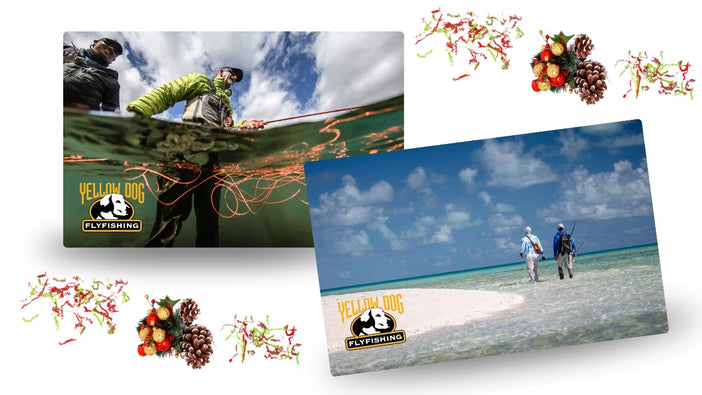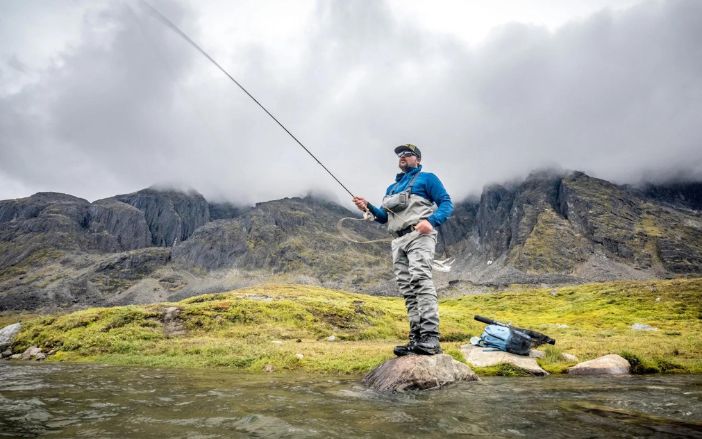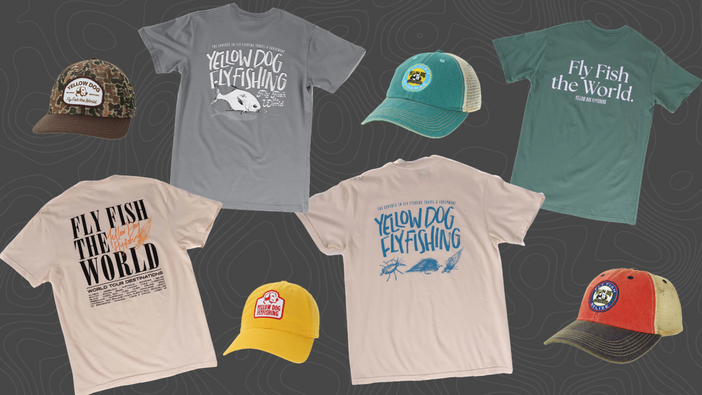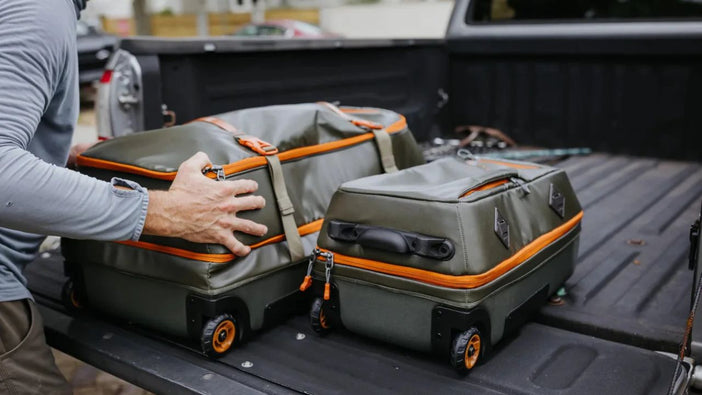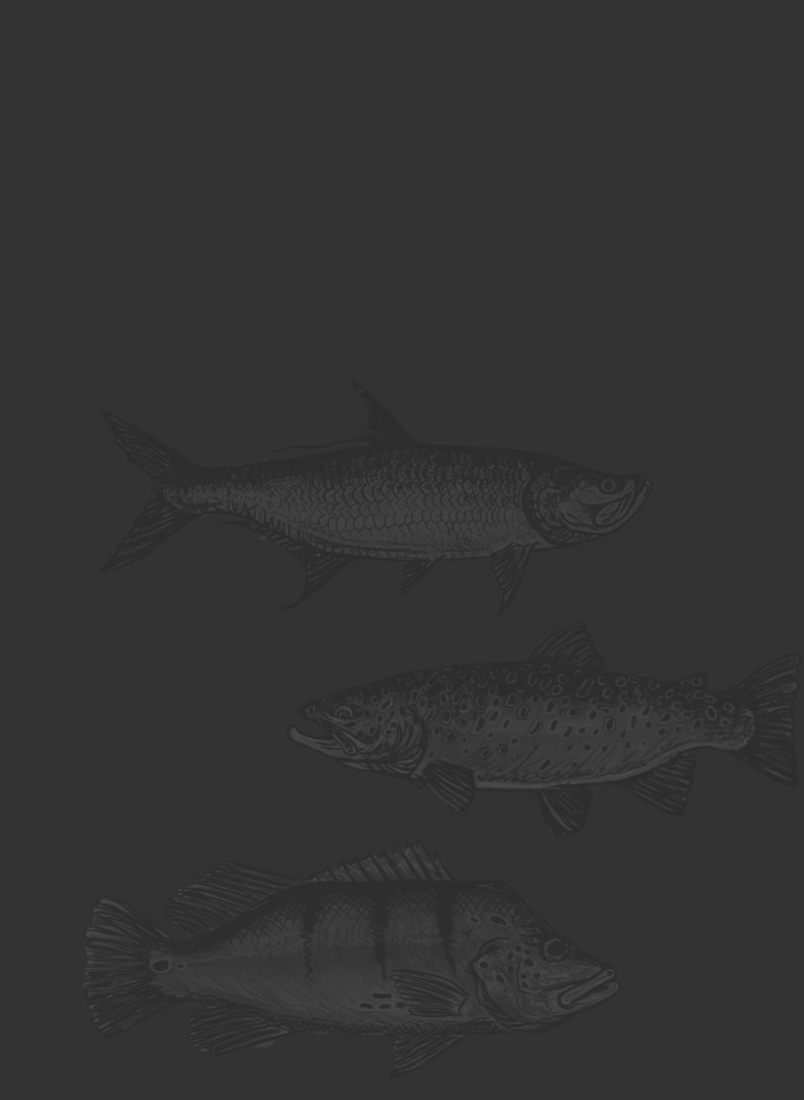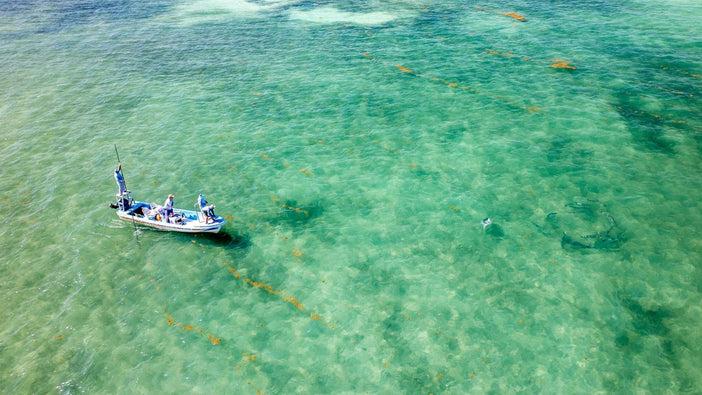Christmas Island is one of the more diverse saltwater destinations on this planet, offering you bonefish, triggerfish, bluefin, yellow fin, and giant trevally. With a numerous amount of species to fish for, packing your fly boxes may be a bit overwhelming. We put together a list of flies that are deadly for feeding bonefish in all saltwater destinations, especially Christmas Island. Everyone has heard of and fished the usual shrimp and crab patterns. We did some research to give you a couple of flies that are tied with creativity, functionality, and style in mind.
Christmas Island Bonefish Flies

1. Flack’s Cocaine Crustacean: Belizean Guide Wil Flack has guided many fishermen on the flats throughout his career. After bonefish started to disregard some of the typical fly patterns fished on those flats, he began looking for new materials that you don’t normally see in the salt. Wil took what he knew from guiding and fly tying in the past, and began evolving his current patterns and creating new ones. With simplicity in mind, the key elements like the longer legs and smaller bead head, make this fly pattern charming to bonefish.

2. Drew Chicone’s Tranqi-Hill-Izer Pattern: With years of development and testing, this pattern is backed by true results. The main design feature of this pattern lies in its visibility at great distances. Tied with a bit of additional weight, it is fished ideally when presented farther away from feeding fish so they are not spooked. The Tranqu-Hill-Izer is best fished when making a disturbance in the sand. When on the bottom creating a cloud or puff of sand, it becomes ideal for pre-occupied fish. This pattern is designed to be noticed at longer distances by feeding bonefish.

3. The Strip Tease puts a unique twist on a classic spawning shrimp pattern. Inspired by the Peterson’s Spawning Shrimp, The Strip Tease, tied originally by Dick Brown, adds a thicker dubbing built body to become its own thing. Dick Brown took years of trial and error to figure out the perfect density of dubbing on the body to imitate the glowing organs of the shrimp in the flats during the early morning hours. Alongside the brightly colored body, the flashy orange egg sack of the fly draws significant attention to it while being fished.
Related Articles:






